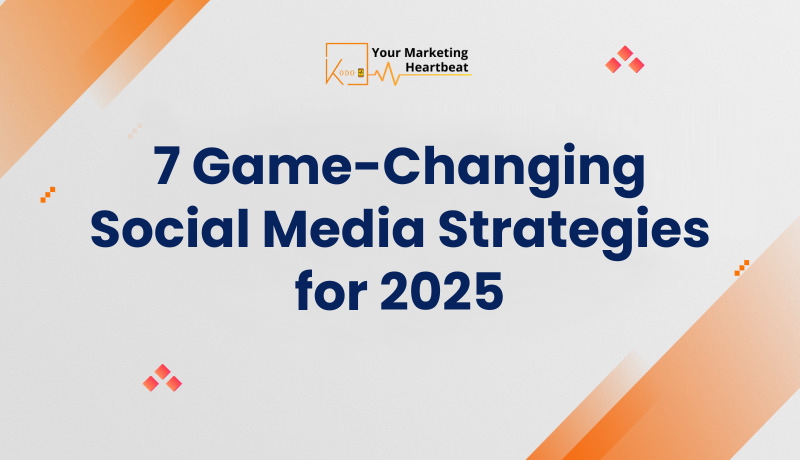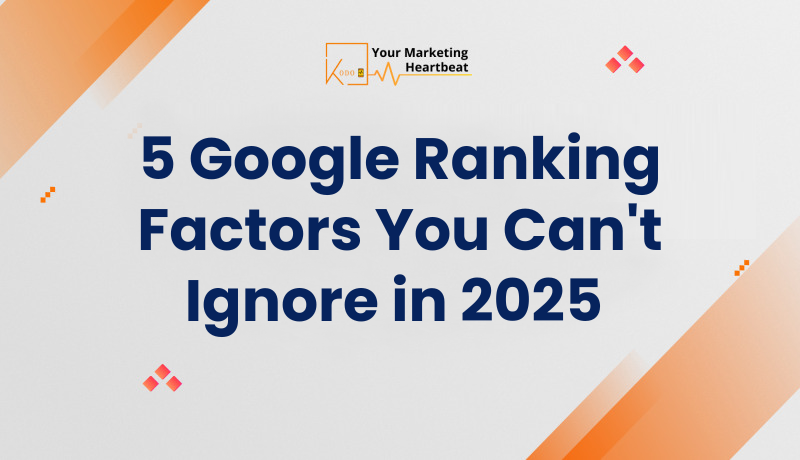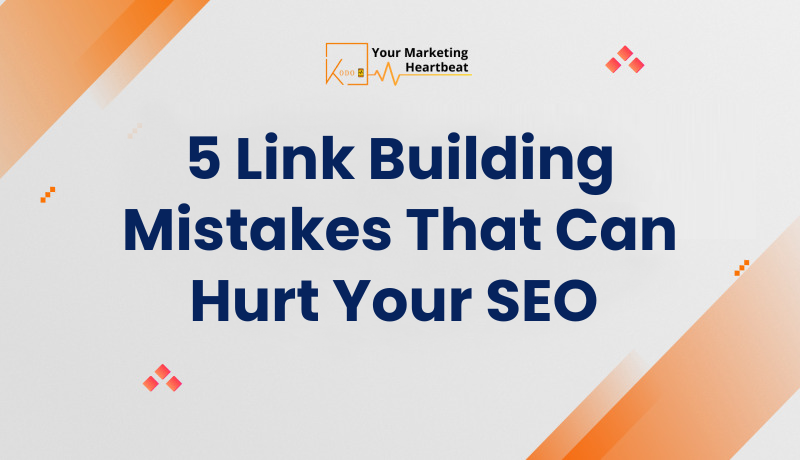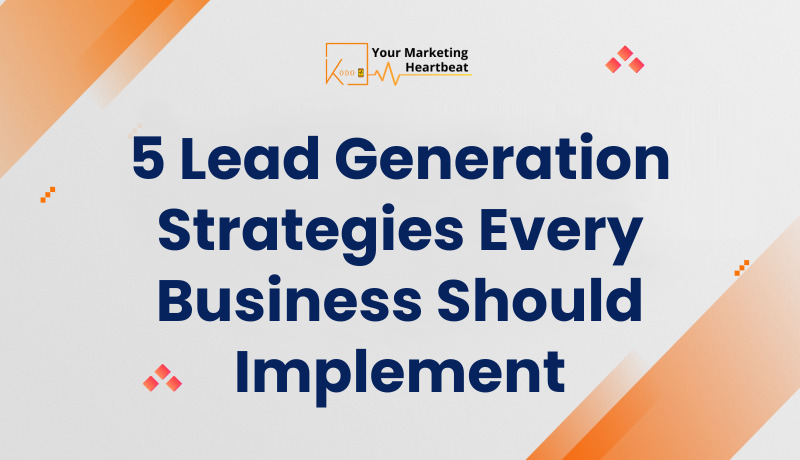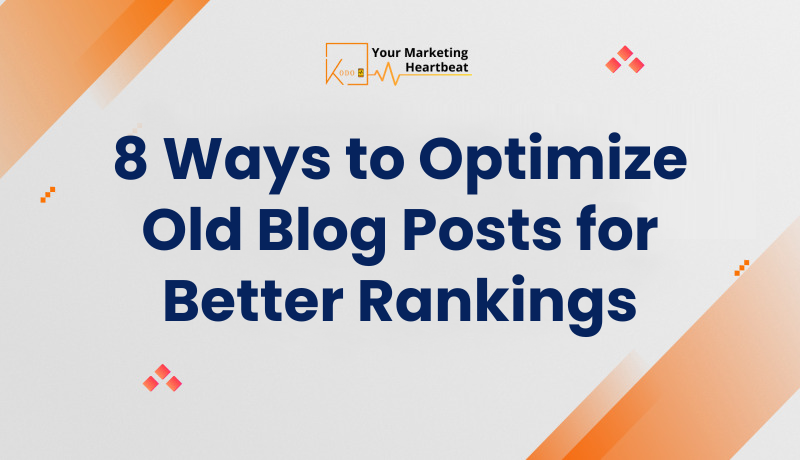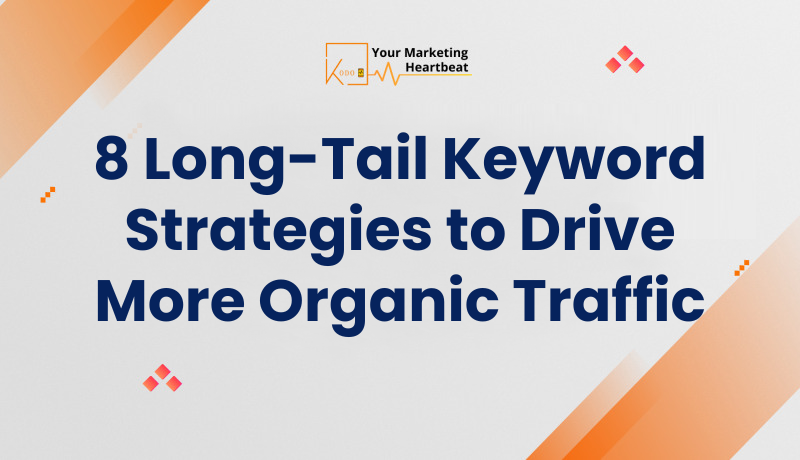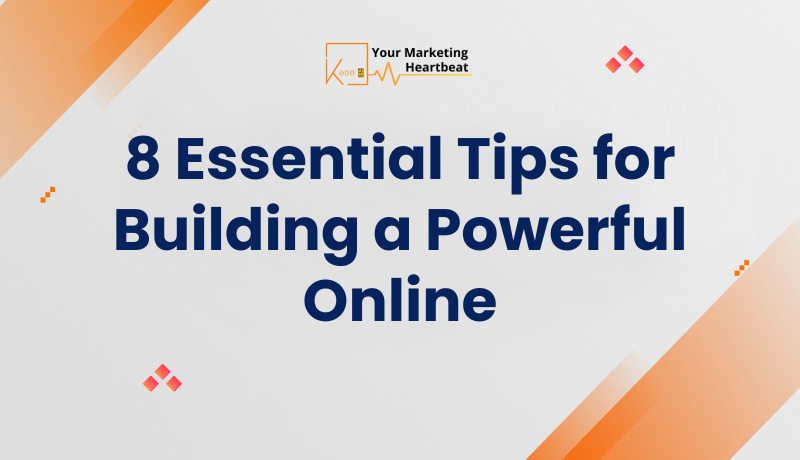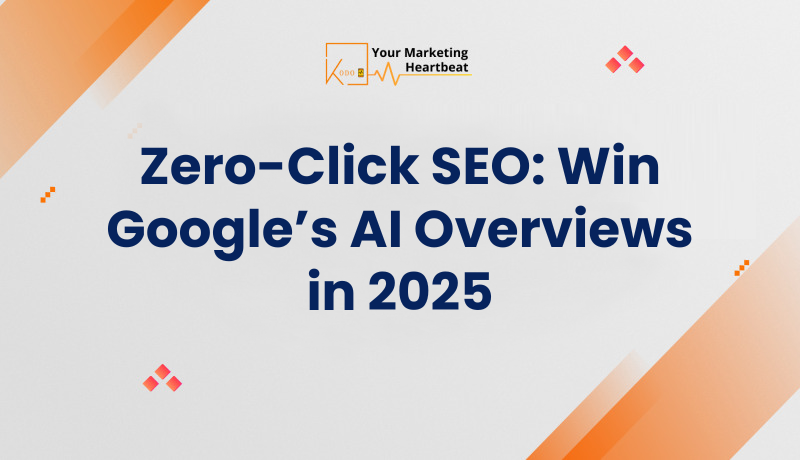
Zero-Click SEO: Master Google’s AI Overviews & Dominate Search in 2025

As we approach 2025, the landscape of search engine optimization (SEO) is undergoing a seismic shift. The rise of zero-click searches, powered by Google’s increasingly sophisticated AI, is reshaping how businesses approach their digital presence. This evolution demands a fresh perspective on technical SEO strategies to ensure visibility and engagement in an era where users may never click through to your website.
In this comprehensive guide, we’ll explore the cutting-edge techniques that will help you dominate Google’s AI overviews and secure your place at the forefront of search results. We’ll delve into the intricacies of structured data, voice search optimization, and the pivotal role of entity-based SEO in crafting a robust online presence that captures attention even without a click.
Understanding Zero-Click Searches
Zero-click searches represent a paradigm shift in user behavior and search engine functionality. These are queries where users receive their desired information directly on the search engine results page (SERP), without the need to click through to a website. As we move towards 2025, this trend is expected to accelerate, driven by Google’s AI advancements and the increasing prevalence of featured snippets, knowledge panels, and direct answers.
To thrive in this new environment, businesses must adapt their SEO strategies to focus on providing concise, authoritative information that Google’s AI can easily parse and present to users. This requires a deep understanding of how search engines interpret and prioritize content, as well as the technical infrastructure that supports this interpretation.
The Rise of AI-Driven Search Results

Google’s AI algorithms are becoming increasingly adept at understanding user intent and delivering relevant information without the need for multiple clicks. This evolution is powered by natural language processing, machine learning, and deep learning technologies that allow search engines to comprehend context and nuance in ways that were previously impossible.
As we look towards 2025, we can expect these AI capabilities to become even more refined, potentially leading to a search experience that feels more like a conversation than a traditional query-and-result interaction. This shift will have profound implications for how businesses structure their online content and optimize for search visibility.
The Impact on Traditional SEO Metrics
With the rise of zero-click searches, traditional SEO metrics like click-through rates and organic traffic may become less relevant as indicators of success. Instead, businesses will need to focus on new metrics that measure visibility and engagement within the SERP itself. This could include factors such as:
- Frequency of appearance in featured snippets
- Presence in knowledge panels
- Voice search result inclusion
- Entity recognition and association strength
Understanding and optimizing for these new metrics will be crucial for businesses looking to maintain and improve their digital presence in the zero-click era.
Optimizing for Google’s AI Overviews
To dominate Google’s AI overviews in 2025, businesses must adopt a multifaceted approach that combines technical expertise with strategic content creation. Here are key areas to focus on:
Structured Data and Schema Markup
Structured data plays a pivotal role in helping search engines understand the content and context of your web pages. By implementing schema markup, you provide Google’s AI with clear, machine-readable information about your content, increasing the likelihood of it being featured in rich results and knowledge panels.
Key strategies for effective structured data implementation include:
- Using schema.org vocabulary to mark up all relevant content types
- Implementing JSON-LD for easier management and updates
- Regularly auditing and updating structured data to ensure accuracy
- Leveraging industry-specific schema types to provide detailed information
By 2025, we can expect even more sophisticated schema types to emerge, potentially including AI-specific markup that helps search engines understand complex relationships and concepts within your content.
Entity-Based SEO
Entity-based SEO is becoming increasingly important as search engines move towards a more semantic understanding of content. Entities are distinct concepts or objects that can be clearly defined and related to other entities. In the context of SEO, this means focusing on building a strong entity profile for your brand, products, and key topics.
To optimize for entity-based SEO:
- Develop a comprehensive knowledge graph for your business
- Create authoritative content that establishes entity relationships
- Use consistent naming conventions across all digital properties
- Leverage structured data to reinforce entity associations
As we approach 2025, entity-based SEO will likely become even more crucial, with Google’s AI using entity relationships to determine the relevance and authority of content in zero-click search results.
Natural Language Processing (NLP) Optimization
With the advancement of AI-driven search, optimizing for natural language processing has become essential. This involves creating content that aligns with how people naturally speak and ask questions, rather than focusing solely on traditional keyword optimization.
Key NLP optimization strategies include:
- Incorporating question-and-answer formats in your content
- Using conversational language and long-tail phrases
- Structuring content to address specific user intents
- Leveraging semantic HTML to provide context to your content
By 2025, we can expect NLP algorithms to become even more sophisticated, potentially requiring businesses to adopt AI-powered content creation tools to stay competitive in the zero-click landscape.
Voice Search Optimization
As voice-activated devices become more prevalent, optimizing for voice search will be crucial for dominating Google’s AI overviews. Voice queries tend to be longer and more conversational than typed searches, requiring a different approach to content creation and optimization.
To optimize for voice search:
- Focus on long-tail, conversational keywords
- Create content that directly answers common questions
- Optimize for local search queries, as many voice searches have local intent
- Ensure your website loads quickly and is mobile-friendly
By 2025, we may see the emergence of voice-specific search results and features, making it essential for businesses to have a dedicated voice search strategy.
Mobile-First Indexing and Page Experience
With mobile devices accounting for an increasing share of search queries, Google has shifted to mobile-first indexing. This means that the mobile version of your website is now the primary version considered for indexing and ranking.
To ensure your site is optimized for mobile-first indexing:
- Implement responsive design across all pages
- Optimize page load speeds for mobile devices
- Ensure content parity between mobile and desktop versions
- Improve mobile usability and navigation
Additionally, Google’s Page Experience update has made user experience factors crucial for ranking. This includes Core Web Vitals metrics such as Largest Contentful Paint (LCP), First Input Delay (FID), and Cumulative Layout Shift (CLS).
By 2025, we can expect these factors to become even more important, with Google’s AI potentially using real-time user interaction data to inform search rankings and zero-click results.
AI-Powered Content Creation and Optimization
As AI technologies continue to advance, we’re likely to see a rise in AI-powered content creation and optimization tools. These tools can help businesses create more relevant, engaging content that aligns with Google’s AI algorithms.
Key areas where AI can assist in content optimization include:
- Topic clustering and content gap analysis
- Semantic keyword research and optimization
- Automated content generation for specific query types
- Real-time content personalization based on user intent
While AI-powered tools can be incredibly useful, it’s important to maintain a human touch in your content strategy to ensure authenticity and brand voice consistency.
Leveraging Video and Visual Search
Visual content is becoming increasingly important in search results, with Google incorporating more video and image results into SERPs. By 2025, we can expect visual search capabilities to be even more advanced, potentially allowing users to search using images or video clips.
To optimize for visual search:
- Create high-quality, informative video content
- Use descriptive file names and alt text for images
- Implement video schema markup to provide context to search engines
- Optimize video thumbnails and descriptions for featured snippets
As visual search technologies improve, businesses that effectively leverage video and image content will be better positioned to capture attention in zero-click search results.
The Role of E-A-T in Zero-Click SEO
Expertise, Authoritativeness, and Trustworthiness (E-A-T) have long been important factors in Google’s evaluation of content quality. In the zero-click era, E-A-T will become even more crucial as Google’s AI seeks to present the most reliable information directly in search results.
To improve your E-A-T profile:
- Showcase author expertise through detailed bios and credentials
- Obtain high-quality backlinks from authoritative sources
- Regularly update and fact-check your content
- Provide clear contact information and customer support options
By 2025, we may see new ways for businesses to demonstrate E-A-T, potentially including AI-verified fact-checking or real-time reputation monitoring.
Local SEO in the Zero-Click Era
Local searches often result in zero-click interactions, with users finding the information they need directly in the SERP. As we move towards 2025, local SEO will continue to be a critical focus for businesses with physical locations.
Key strategies for local SEO optimization include:
- Maintaining accurate and consistent NAP (Name, Address, Phone) information across all platforms
- Optimizing for “near me” searches with location-specific content
- Leveraging Google My Business and other local business directories
- Encouraging and managing customer reviews
We can expect local search features to become even more sophisticated by 2025, potentially incorporating augmented reality elements or real-time inventory information directly in search results.
Measuring Success in a Zero-Click World
As traditional SEO metrics become less relevant in the zero-click era, businesses will need to adopt new ways of measuring success. This may include:
- Tracking brand mentions and sentiment across the web
- Monitoring featured snippet and knowledge panel appearances
- Analyzing voice search performance and assistant interactions
- Measuring engagement with zero-click SERP features
By 2025, we may see the development of new analytics tools specifically designed to measure success in a zero-click search environment.
Conclusion: Preparing for the Future of SEO
As we look towards 2025, it’s clear that the world of SEO is undergoing a significant transformation. The rise of zero-click searches and Google’s increasingly sophisticated AI algorithms are reshaping how businesses approach their digital presence.
To dominate Google’s AI overviews in 2025, businesses must:
- Embrace structured data and schema markup
- Focus on entity-based SEO and knowledge graph optimization
- Optimize for natural language processing and voice search
- Prioritize mobile-first indexing and page experience
- Leverage AI-powered content creation and optimization tools
- Incorporate video and visual search optimization strategies
- Strengthen E-A-T signals across all digital properties
- Adapt local SEO strategies for zero-click interactions
- Develop new metrics for measuring success in a zero-click world
By staying ahead of these trends and continuously adapting your SEO strategy, you can ensure that your business remains visible and relevant in the ever-evolving digital landscape. The future of SEO may be zero-click, but with the right approach, your business can still capture attention and drive engagement in this new era of search.

